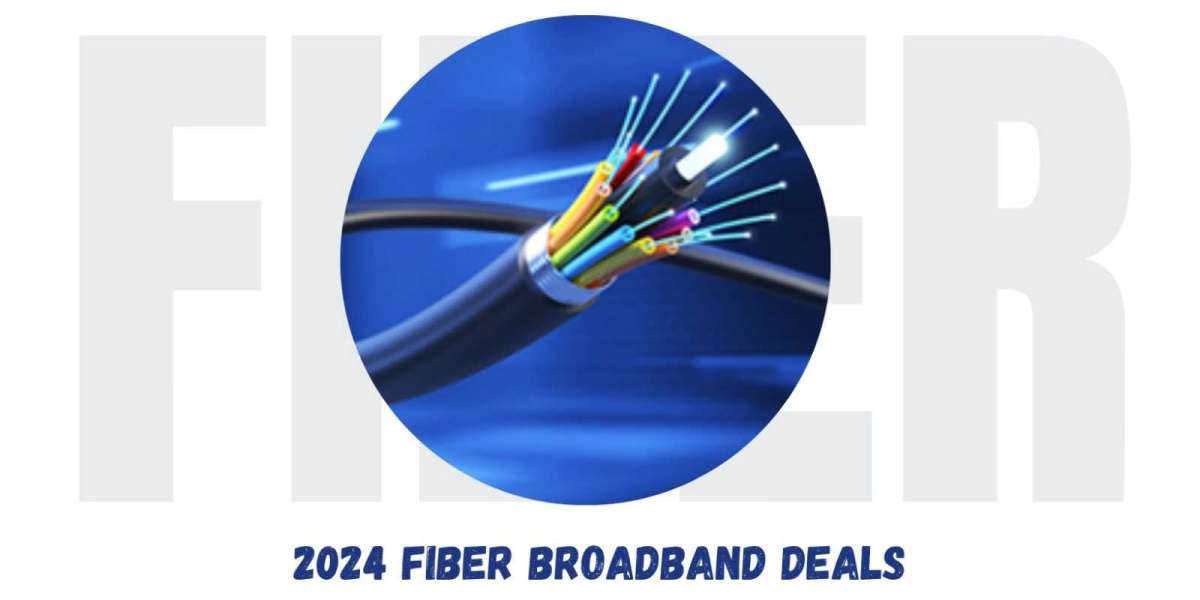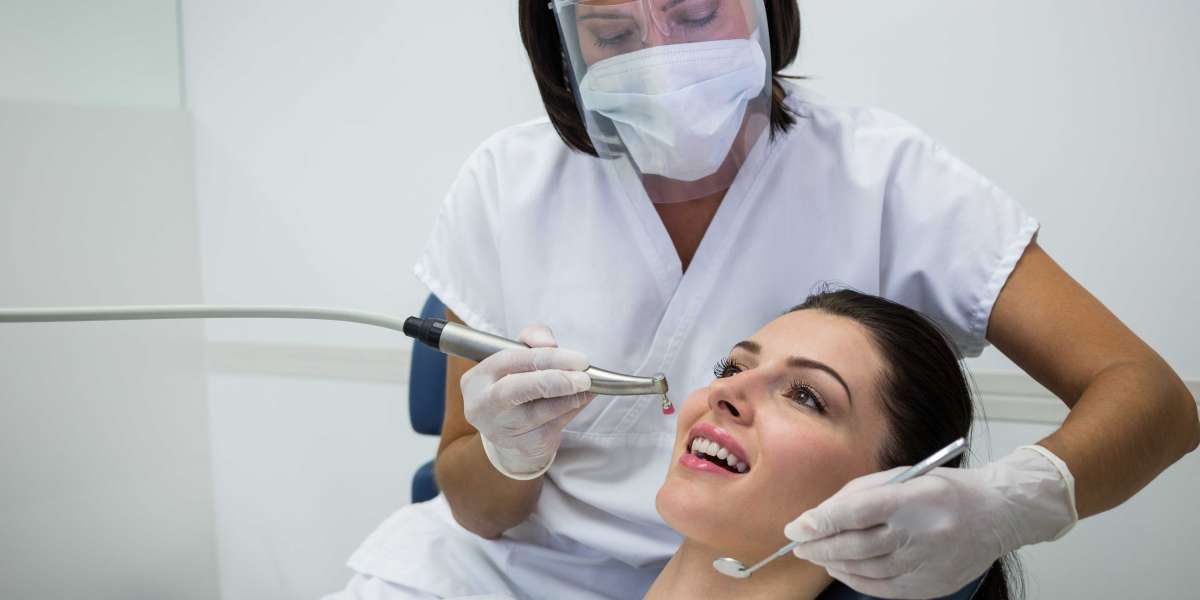If you're dreaming of a perfect smile without the hassle of metal braces, Invisalign might be the solution you've been looking for. With its innovative approach to teeth straightening, Invisalign has transformed millions of smiles worldwide. But what makes Invisalign so special? Why do so many people choose this method over traditional braces? Let's dive in and find out.
What is Invisalign?
The History of Invisalign
Invisalign was introduced in 1997 by Zia Chishti and Kelsey Wirth. Their revolutionary idea combined advanced 3D computer imaging technology with orthodontics to create a series of clear, custom-made aligners. These aligners gradually move teeth into their desired position, offering a modern alternative to traditional metal braces.
How Invisalign Works
Invisalign aligners are made from a flexible thermoplastic material called SmartTrack. The process begins with a digital scan of your teeth, which is used to create a personalized treatment plan. Each set of aligners is designed to make slight adjustments to the position of your teeth, moving them closer to the desired alignment over time. You wear each set for about two weeks before moving on to the next one in the series.
The Benefits of Invisalign
Aesthetics
One of the main reasons people choose Invisalign is its virtually invisible appearance. The clear aligners are barely noticeable, making it an attractive option for adults and teens who want to straighten their teeth discreetly.
Comfort
Invisalign aligners are custom-made to fit snugly over your teeth, minimizing discomfort. Unlike traditional braces, there are no metal brackets or wires that can cause irritation.
Convenience
Invisalign aligners are removable, allowing you to eat, drink, brush, and floss with ease. This convenience helps maintain good oral hygiene and a normal lifestyle throughout your treatment.
The Invisalign Process
Initial Consultation
Your journey with Invisalign begins with a consultation with an orthodontist or dentist trained in Invisalign treatment. They will evaluate your teeth and determine if Invisalign is the right choice for you.
Customized Treatment Plan
Using a digital scanner, your dentist will create a precise 3D image of your teeth. This image is used to map out a detailed treatment plan, including the exact movements of your teeth and the estimated duration of your treatment.
Receiving Your Aligners
Once your aligners are ready, you will receive a series of them to wear over the course of your treatment. Each set is worn for about two weeks before moving on to the next.
Regular Check-ups
Regular check-ups with your dentist or orthodontist are essential to monitor your progress and ensure that your treatment is on track. These appointments are typically every six to eight weeks.
Who is a Candidate for Invisalign?
Ideal Candidates
Invisalign is suitable for most adults and teens with mild to moderate alignment issues. It's effective for treating overbites, underbites, crossbites, crowded teeth, and gaps between teeth.
Limitations and Considerations
While Invisalign can address a wide range of dental issues, it may not be suitable for severe cases that require more complex orthodontic treatment. Your dentist or orthodontist will assess your situation and recommend the best approach.
Invisalign vs. Traditional Braces
Appearance
Invisalign aligners are clear and virtually invisible, whereas traditional braces are noticeable metal brackets and wires.
Treatment Duration
The duration of Invisalign treatment varies depending on the complexity of the case, but it is often comparable to or shorter than that of traditional braces.
Cost Comparison
The cost of Invisalign is generally higher than traditional braces, but many find the benefits worth the extra expense. Financing options and insurance coverage can help manage the cost.
Caring for Your Invisalign Aligners
Cleaning Tips
It's important to keep your aligners clean to maintain oral hygiene and prevent staining. Brush them gently with a toothbrush and mild soap, and rinse them thoroughly with lukewarm water.
Dos and Don'ts
Do wear your aligners for 20-22 hours a day, remove them only for eating and drinking (except water), and brush your teeth before putting them back in. Don’t eat or drink anything other than water while wearing your aligners, as this can cause discoloration and damage.
Common Questions About Invisalign
How Long Does Treatment Take?
The duration of Invisalign treatment varies but typically ranges from 12 to 18 months, depending on the complexity of your case.
Is Invisalign Painful?
While some discomfort is normal, especially when switching to a new set of aligners, it is generally less painful than traditional braces.
Can I Eat and Drink Normally?
Yes, you can eat and drink whatever you like as long as you remove your aligners first. This is a significant advantage over traditional braces.
Success Stories
Real-Life Examples
Many people have achieved their dream smiles with Invisalign. For instance, Jane, a 28-year-old marketing executive, was thrilled with her results after just 14 months of treatment. "I never thought straightening my teeth could be so hassle-free," she says.
Potential Side Effects and How to Manage Them
Temporary Discomfort
It's normal to experience some discomfort, especially when starting a new set of aligners. Over-the-counter pain relievers can help manage this.
Speech Changes
You might notice slight changes in your speech when you first start wearing aligners. This usually resolves within a few days as you get used to them.
The Cost of Invisalign
Factors Affecting Cost
The cost of Invisalign varies based on the complexity of your case, your location, and your dentist's fees. On average, it ranges from $3,000 to $7,000.
Insurance and Financing Options
Many dental insurance plans cover Invisalign just like traditional braces. Additionally, financing options are available to help make the treatment more affordable.
Invisalign for Teens
Unique Features for Teenagers
Invisalign offers special features for teens, such as compliance indicators to ensure they wear their aligners as prescribed and eruption tabs to accommodate growing teeth.
Parental Concerns
Parents often worry about whether their teens will wear the aligners as required. Invisalign Teen includes features to address these concerns, making it a reliable option for younger patients.
Technological Advancements in Invisalign
SmartTrack Material
Invisalign's aligners are made from SmartTrack material, which provides a more precise and comfortable fit, ensuring better control over tooth movements.
Digital Scanning and 3D Printing
The use of digital scanning and 3D printing technology has revolutionized the way Invisalign aligners are made, resulting in more accurate and effective treatment plans.
The Future of Invisalign
Upcoming Innovations
Invisalign continues to innovate with new materials and technologies to improve treatment efficiency and patient comfort.
Market Trends
As demand for clear aligners grows, Invisalign is poised to remain a leader in the orthodontic industry, continually setting new standards for teeth straightening solutions.
Conclusion
Invisalign toronto offers a clear, comfortable, and convenient way to achieve a beautiful smile. Its numerous benefits, combined with advanced technology and
personalized treatment plans, make it an excellent choice for those seeking an alternative to traditional braces. Whether you're an adult or a teen, Invisalign could be the solution to your orthodontic needs.
FAQs
How often should I wear my aligners?
You should wear your Invisalign aligners for 20-22 hours a day, removing them only for eating, drinking (except water), and brushing your teeth.
Can I switch to Invisalign if I already have braces?
In many cases, you can switch to Invisalign after starting treatment with traditional braces. Consult your orthodontist to see if this is a viable option for you.
How do I maintain my oral hygiene with Invisalign?
Maintaining oral hygiene with Invisalign is straightforward. Remove your aligners to brush and floss your teeth as usual, and clean your aligners regularly to keep them clear and fresh.
What happens after Invisalign treatment?
After completing your Invisalign treatment, you may need to wear retainers to maintain your new smile and prevent your teeth from shifting back to their original positions.
Are there any dietary restrictions with Invisalign?
Unlike traditional braces, Invisalign has no dietary restrictions. You can eat and drink anything you like as long as you remove your aligners beforehand.












